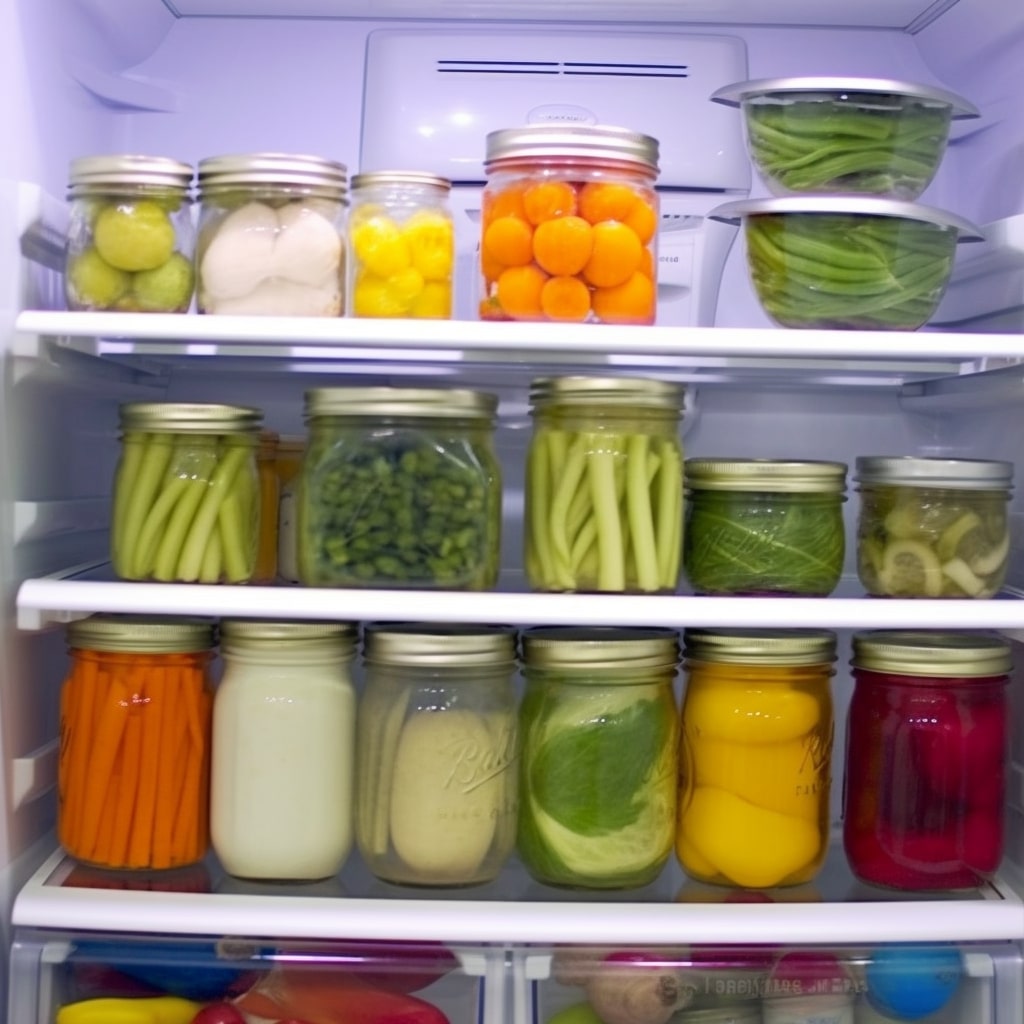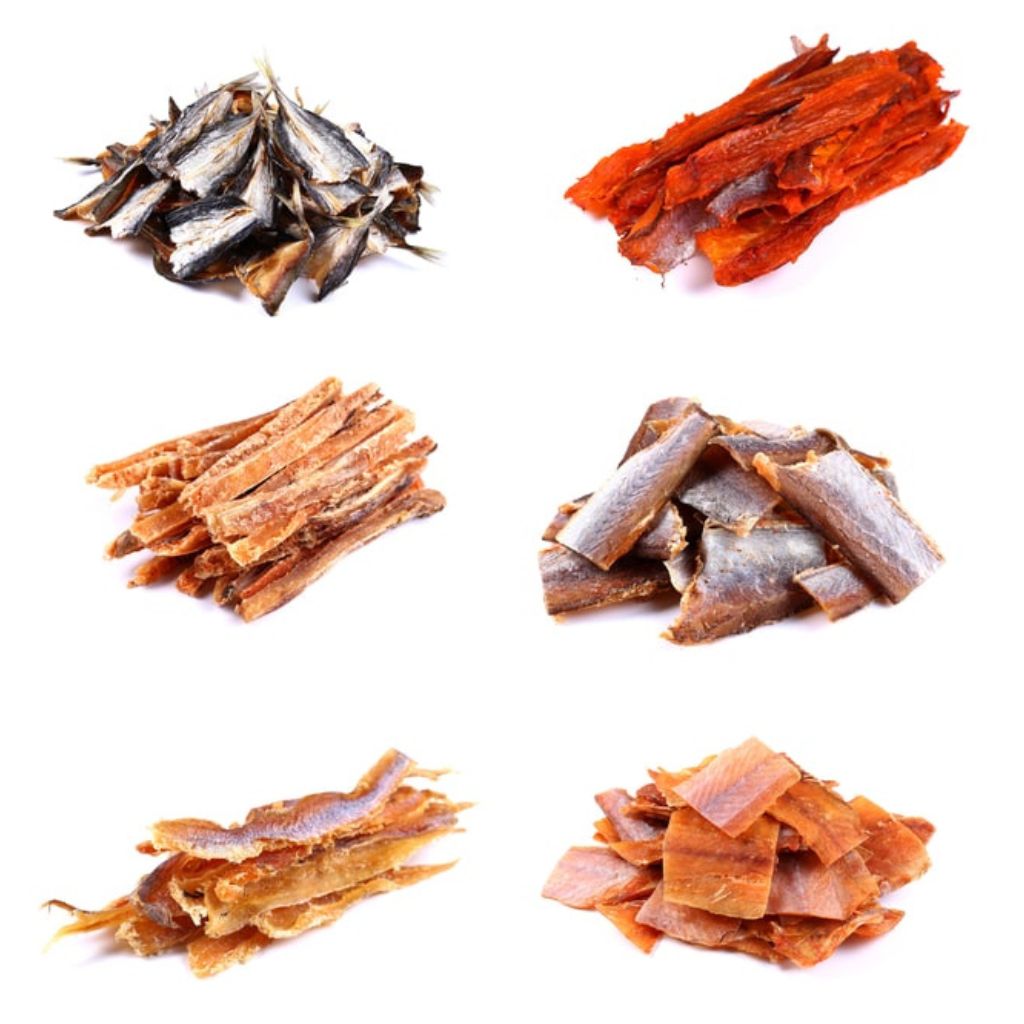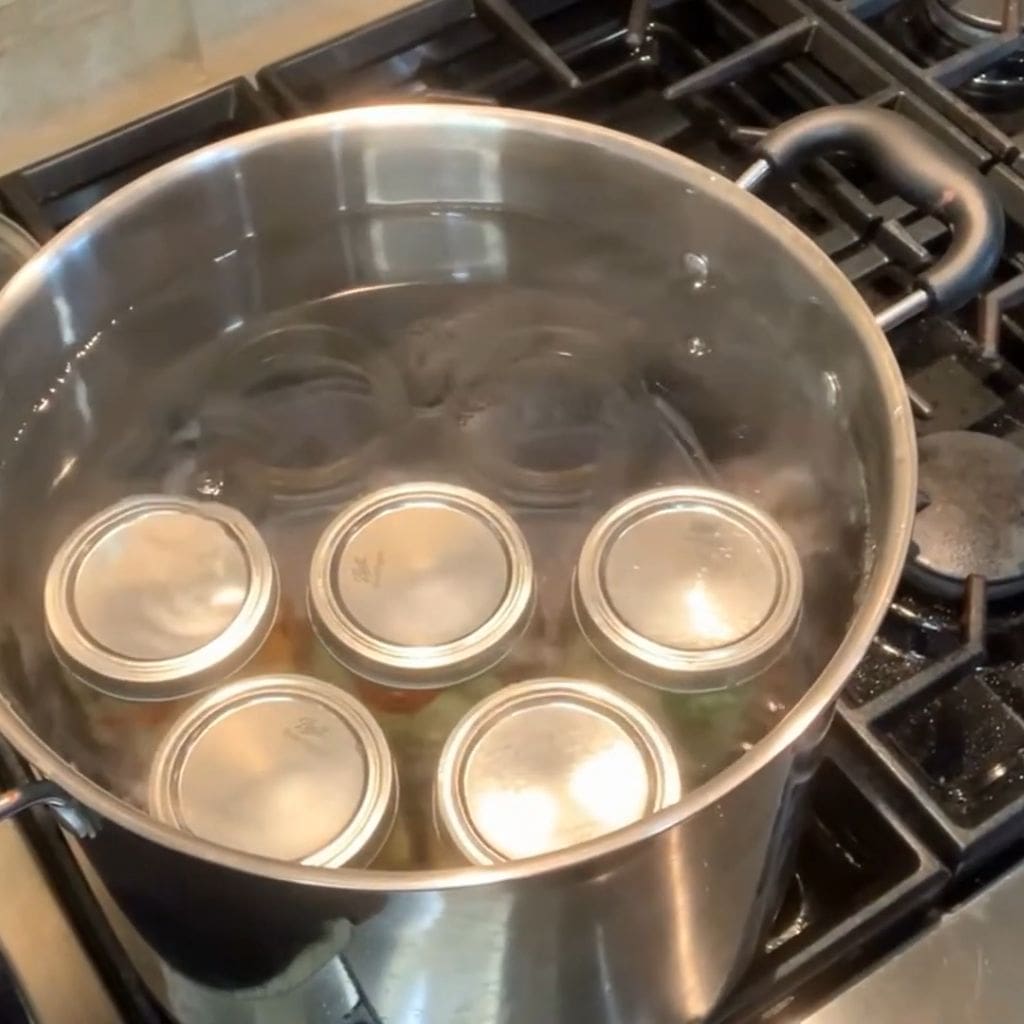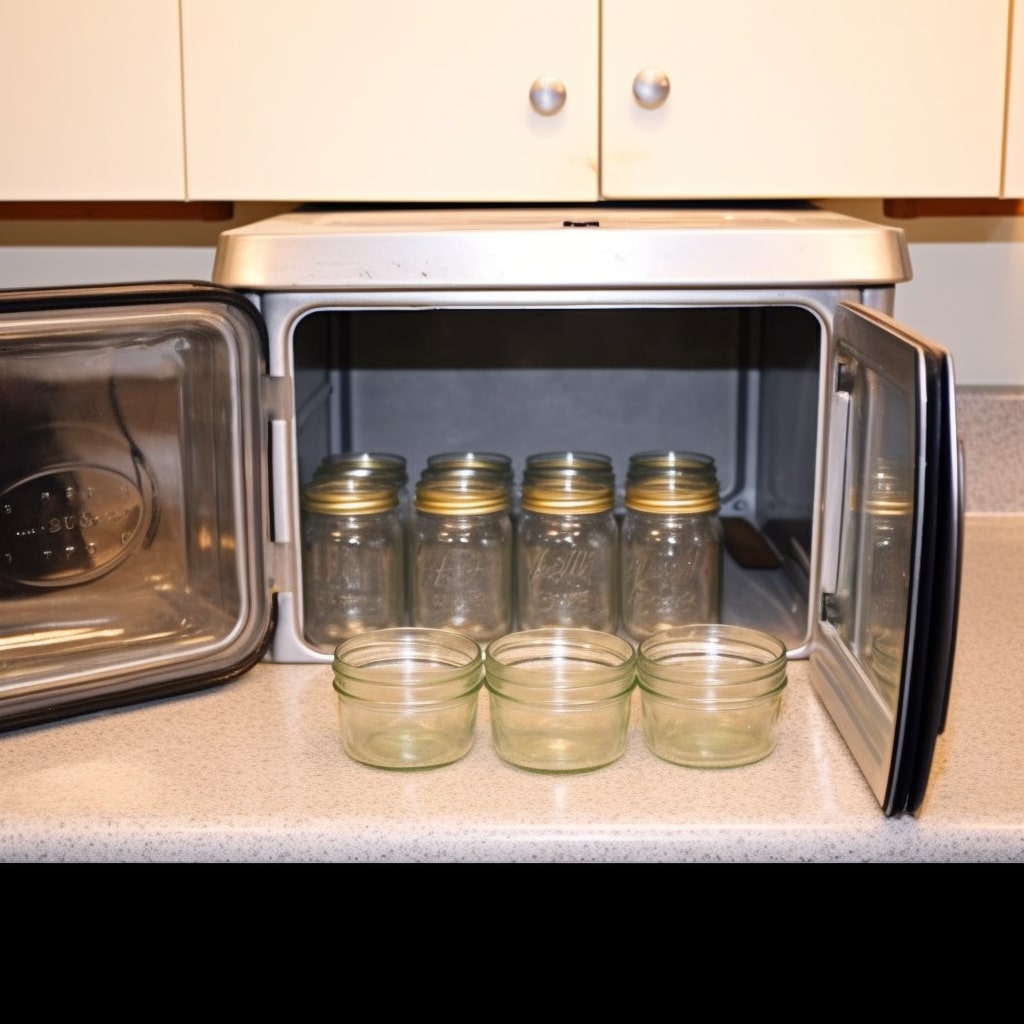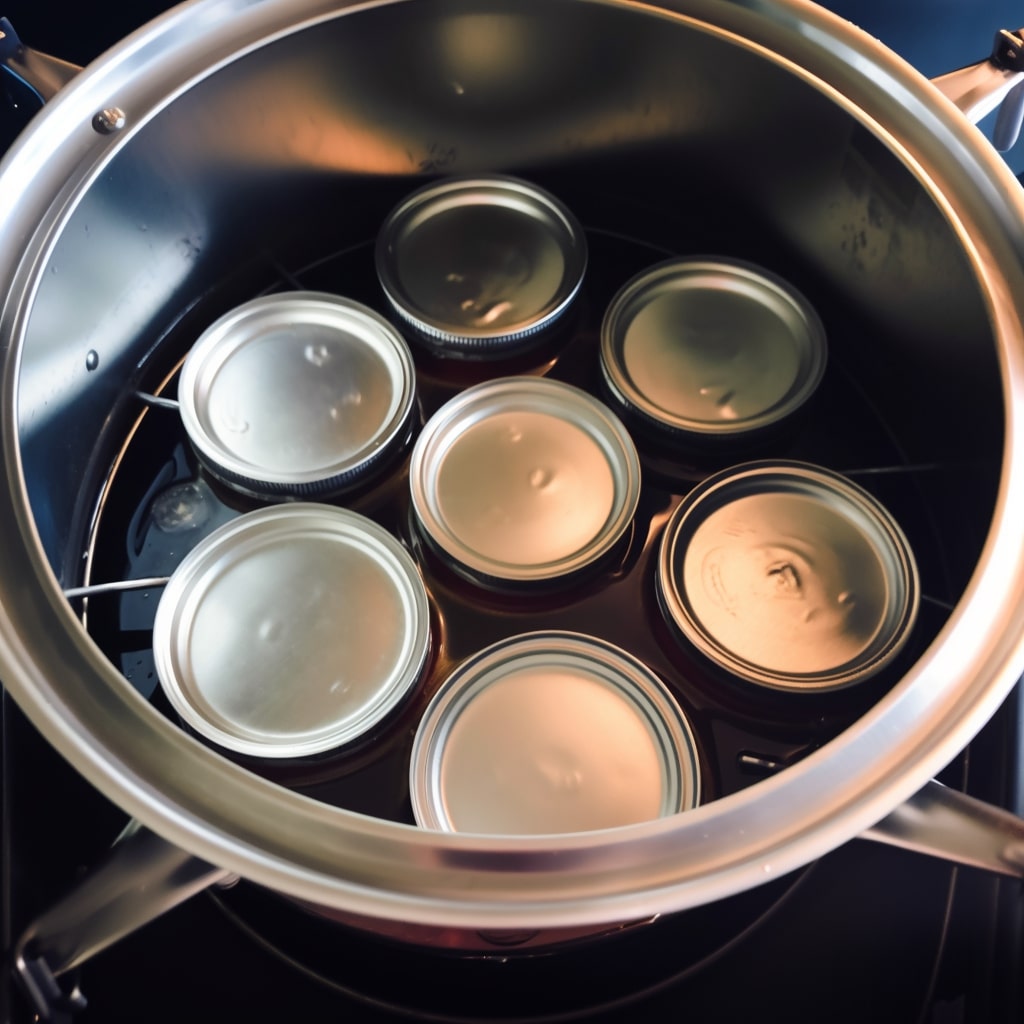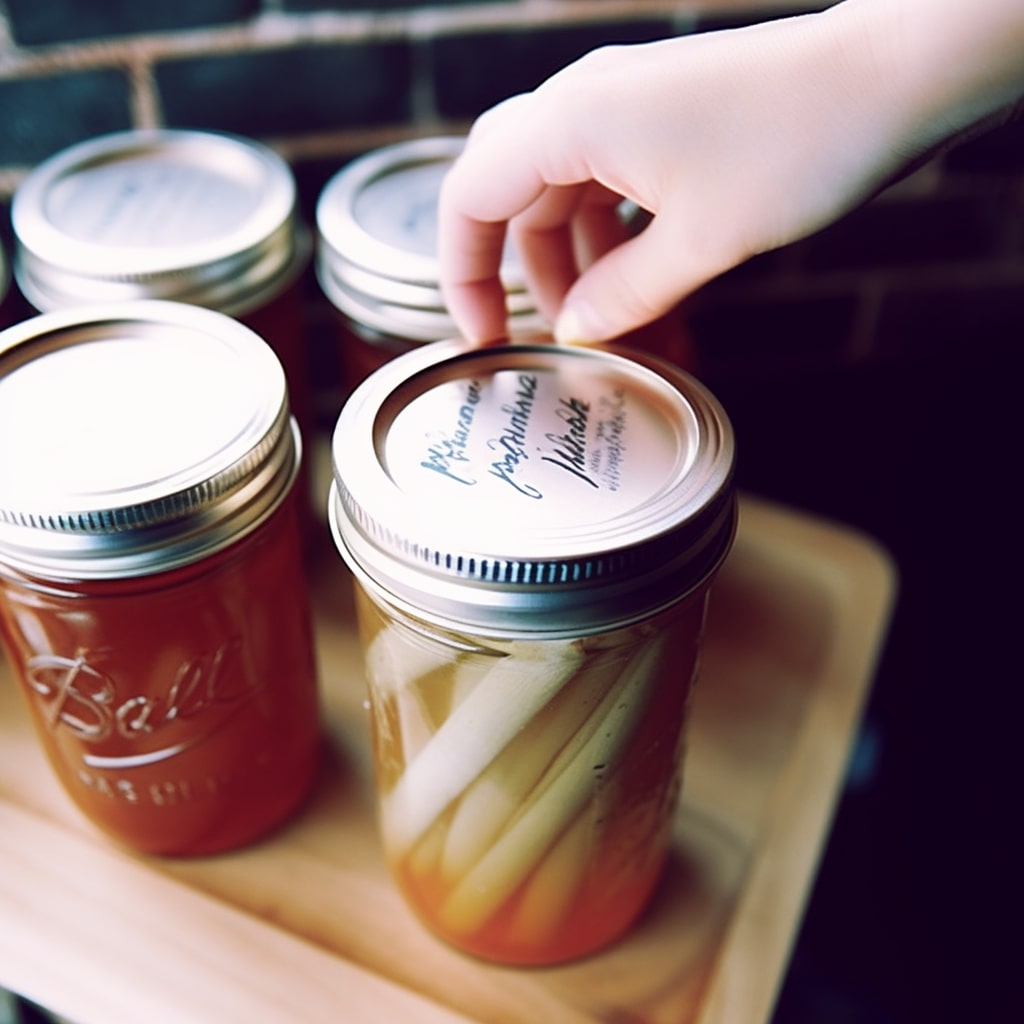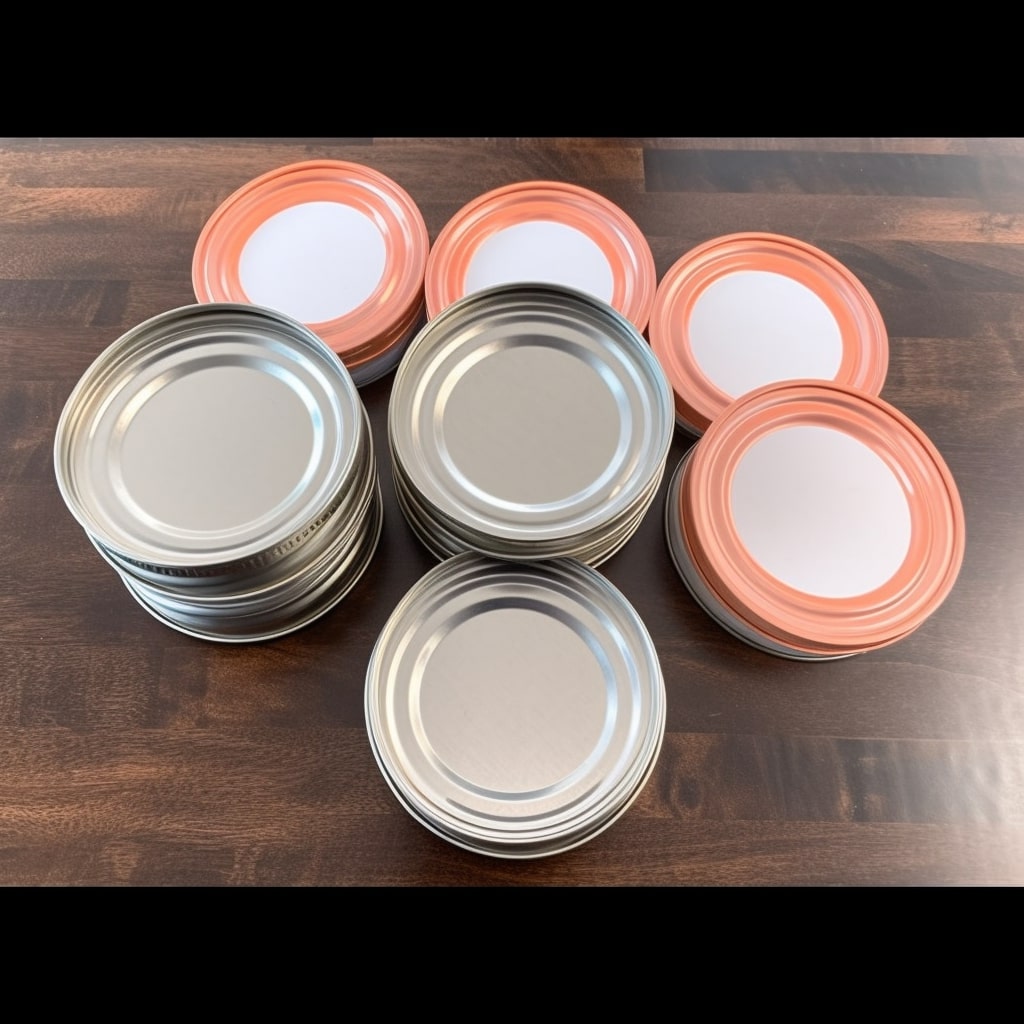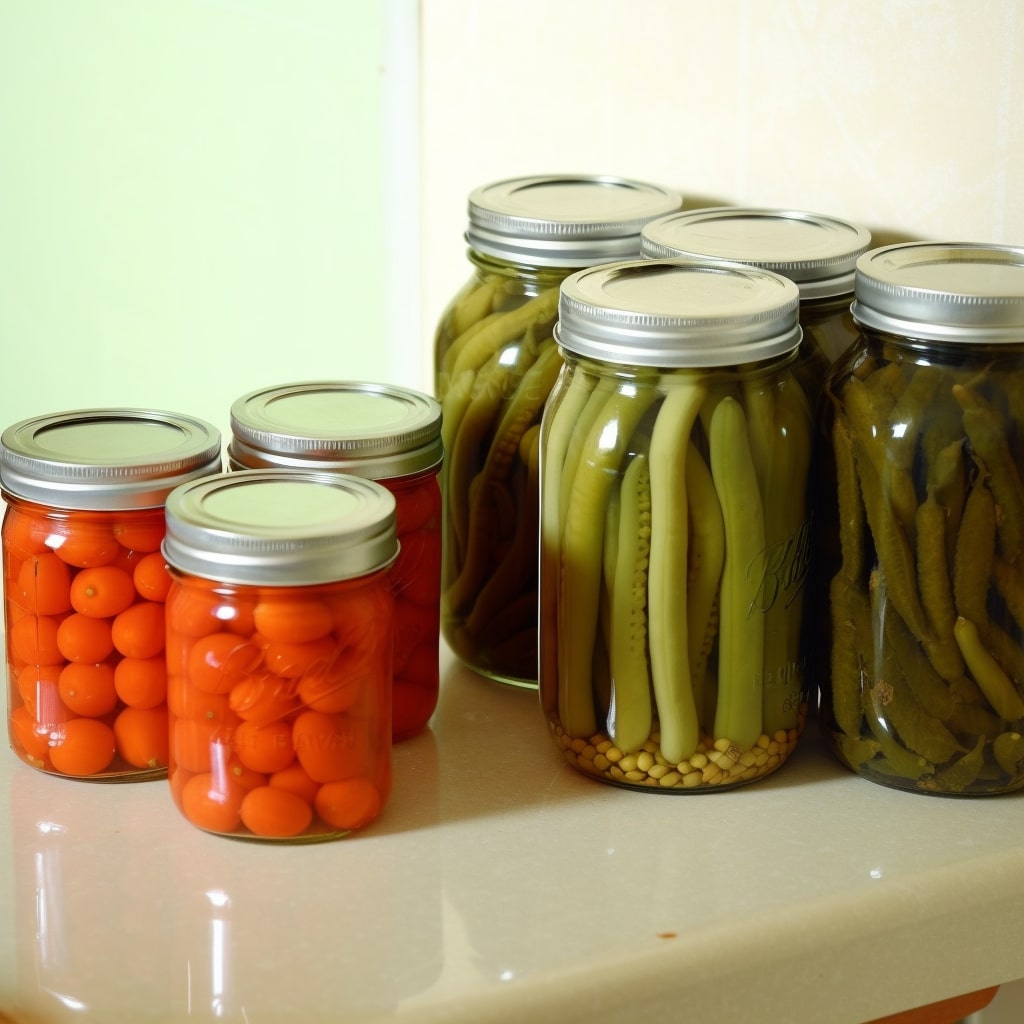Pressure cookers and pressure canners are both kitchen gadgets that cook or preserve food under high pressure. While they have certain commonalities, they also have significant variances. In this post, we’ll look at the fundamental difference between pressure cooker and pressure canner to see if they’re the same.
Difference Between Pressure Cooker And Pressure Canner
Pressure cookers and pressure canners are vital kitchen gadgets that serve different functions. To learn more about their distinct characteristics and purposes, let’s study pressure cooking and canning.
Definition and purposes
Here are the detailed definition and purposes of the two. Let’s check it out now!
Pressure canner
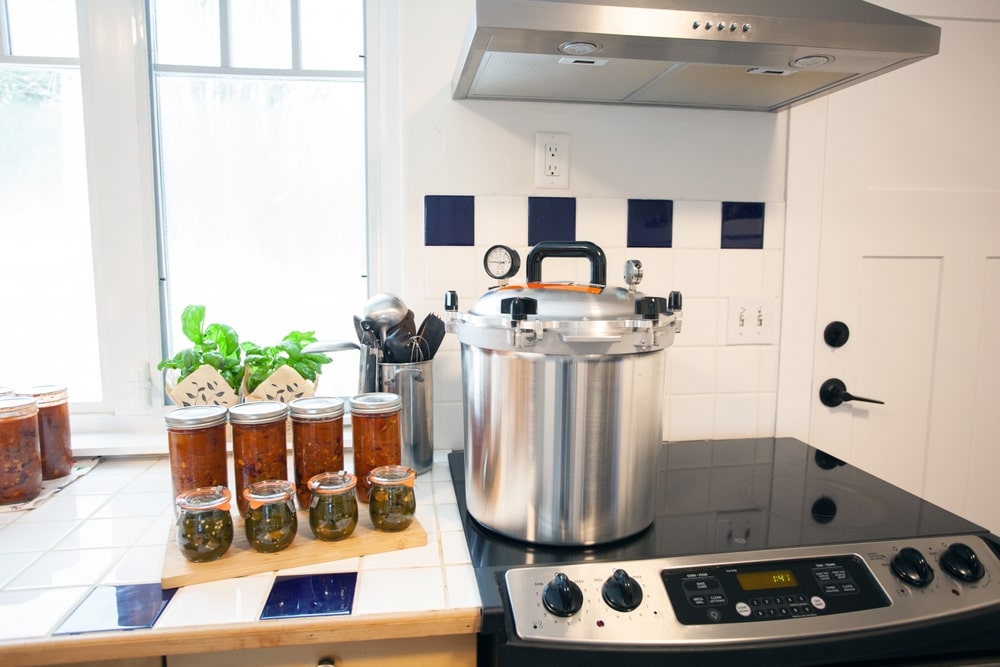
A pressure canner is a must-have equipment for anybody who enjoys canning jars of delectable delights, such as savory meats, crisp green beans, and substantial broths. Let’s look deeper at what a pressure canner is and how it can enhance your culinary adventures!
So, precisely what is a pressure canner? Consider a large pot with a turn-on cover and a rubber gasket or wing nuts to seal it firmly. On top, you may observe a dial gauge or a weighted gauge, which is important for adjusting the pressure within the canner. The pressure canner may appear to be a basic piece of equipment, yet it is essential for preserving low-acid foods properly says: pressure can pinto beans, pressure can chicken soup,…etc
*Note: If you prefer to preserve high-acid foods, you can use a water bath canner. Its purpose is similar to a pressure canner – to sealing and preserve food in jar, greatly extending shelf life of foods. If you want to know more about these particular preserving methods, take a look at pressure canning vs water bath.
Regarding pressure canners, safety is of the utmost importance, and current designs integrate some wonderful features to set your mind at ease. There are two buttons on the canner lid: a beautiful silver metal one and a rubber one.
The silver button functions as a vent, enabling excess pressure to escape, while the rubber button functions as a safety valve, ready to burst off if the pressure grows too high. Rest confident that these safeguards are in place to avoid kitchen explosions – safety first!
You may be wondering why a pressure canner is required for certain items. Low-acid items like meats, green beans, and broth are too acidic to be successfully canned using typical techniques. These foods must be treated at higher temperatures to ensure the eradication of hazardous bacteria spores, such as the famed Botulism-causing ones. And this is when the pressure canner comes in handy.
When you use a pressure canner, your home-canned meals will achieve a warm 240°F (116°C), giving you the peace of mind that your canned items are safe and bacteria-free. Plus, your preserved foods will keep their flavor, texture, and minerals for months, allowing you to savor the taste of summer all year long!
Pressure cooker
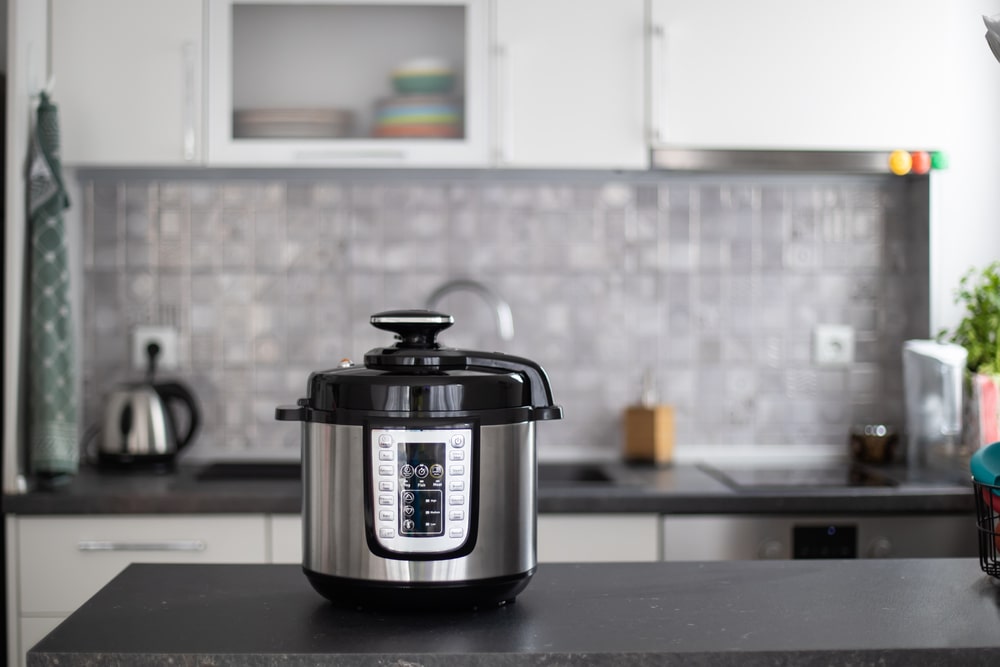
Pressure cookers are an excellent kitchen gadget that may completely transform how you make food! Let’s look at pressure cooking and how it varies from pressure canning.
First and foremost, it is critical to recognize that pressure cooking is distinct from pressure canning. While pressure canning is mostly used to preserve food in jars, pressure cooking is all about making a tasty, fast, and simple meal for your enjoyment.
Consider this: You’re short on time yet want a big, flavorful supper. That’s when a pressure cooker’s magic comes into play. These innovative devices employ high pressure to cook your food quickly, drastically lowering cooking times. You can prepare a wonderful and ready-to-eat dinner in a fraction of what traditional cooking methods require.
You’ve probably heard of the popular Instant Pot, a contemporary take on an electric pressure cooker. These ingenious devices combine the ease of electric operation with the effectiveness of pressure cooking. However, be aware: conventional pressure cookers are not electronic. They have a turn-on cover with a rubber gasket that produces a tight seal, and a weight rests on top of the lid to manage the pressure, similar to pressure canners.
Using a pressure cooker in the kitchen may be a game changer. It seals in flavors, tenderizes meats, and aids in preserving nutrients in your components. It’s also ideal for busy people and families who want to enjoy excellent home-cooked meals without spending hours in the kitchen.
Size
Size is crucial in choosing between a pressure cooker and a pressure canner. Let’s dive into the differences to help you make an informed decision.
Pressure canners are undoubtedly bigger than regular pressure cookers, and for good reason! They boast a generous capacity, typically from around 16 quarts (or liters) to 30 quarts or more. With this larger size, you can fit multiple canning jars stacked on top of each other inside the canner, making it a fantastic choice for preserving large batches of low-acid fruits, vegetables, and other delicious goodies.
On the other hand, regular pressure cookers are built for smaller amounts, making them suitable for preparing meals for smaller homes or solitary servings. Their smaller size makes them ideal for everyday culinary duties such as preparing a quick and delicious supper for yourself or your loved ones.
So, whether you’re looking for the large-scale preservation abilities of a pressure canner or the ease and efficiency of a standard pressure cooker, each choice has its own set of advantages to fit your needs.
Don’t be discouraged by the vastness; consider it a springboard to other gastronomic experiences! The flexibility of pressure canners and pressure cookers allows you to experiment with various recipes, from preserving delightful jams and pickles to whipping up wonderful soups.
So, unleash your inner chef and let the size guide you toward culinary creativity and experimentation. Whether you’re a seasoned home cook or just starting your culinary journey, these kitchen companions will inspire you to embark on delightful culinary quests!
Authorities
Safety is of the highest concern when it comes to canning. We rely on credible sources such as the USDA, Jarden Corporation, and the National Center for Home Food Preservation. Let’s look at these credible sources deeper to grasp the significance of utilizing the proper canning equipment.
USDA stands for the United States Department of Agriculture.
The USDA is a prominent authority on food safety, and they have spent a significant amount of time and money studying and creating safe canning procedures. Their rules ensure that home-canned foods are safe to eat and devoid of hazardous microorganisms. While they support pressure canning as an efficient way of preserving low-acid foods, they only do so with specialized equipment.
Jarden Corporation (Canning Equipment Manufacturer):
Jarden Corporation, which manufactures well-known canning brands like can Ball and Kerr, actively collaborates with the USDA and the National Center for Home Food Preservation. Their canning equipment is meticulously built to satisfy the safety standards set by these agencies. Approved pressure canners provide constant pressure levels and temperatures, giving home canners peace of mind.
NCHFP (National Center for Home Food Preservation):
The NCHFP, run by the University of Georgia, is a good resource for research-based suggestions on home food preservation. They collaborate with the USDA to develop and spread safe canning methods. Their knowledge is based on years of research and practical experience, making them a trustworthy source for canning aficionados.
| Feature | Pressure Cookers | Pressure Canners |
| Purpose | Prepare fast and delicious meals | Preserve low-acid foods for long-term storage |
| Functionality | Cooks food quickly at high pressure | Creates high pressure for safe canning |
| Safety Features | May have safety mechanisms but not for canning | Safety valves and gauges for safe canning |
| Temperature Range | Cooks at high temperatures (pressure) | Preserves at 240°F (116°C) for bacteria removal |
| Size | Smaller capacity, ideal for small meals | Larger capacity, suitable for canning large batches |
| Suitable for | Everyday cooking, quick meals | Home canning enthusiasts |
| Authorities Supported | No specific authorities required | USDA, Jarden Corporation, NCHFP |
| Examples | Instant Pot (electric pressure cooker) | Ball, Kerr (well-known canning brands) |
The Limitations of Using a Pressure Cooker for Canning Food
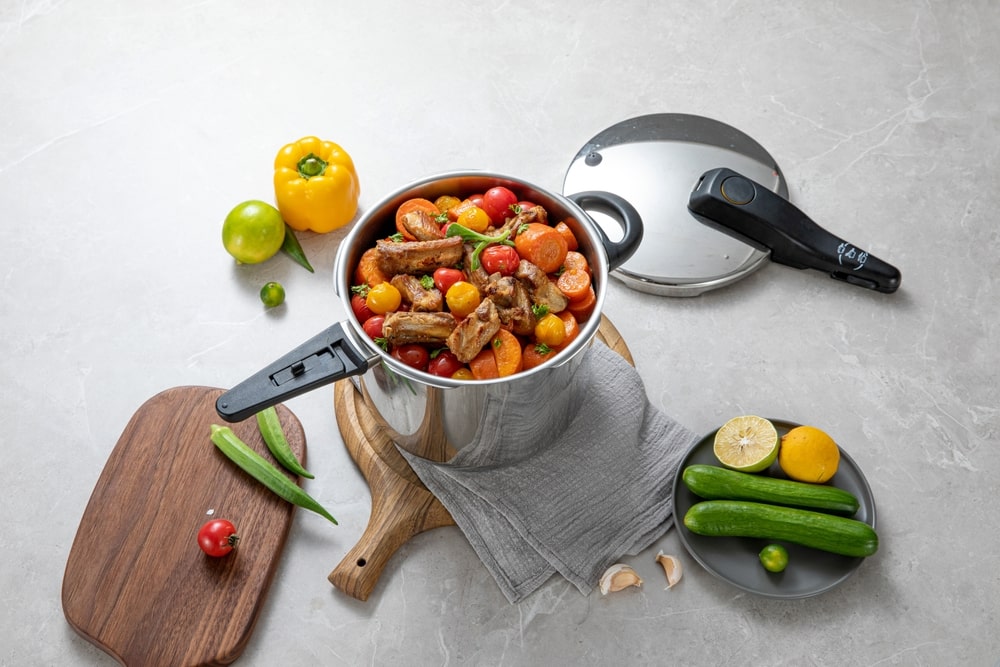
Pressure cookers are great kitchen equipment for quickly preparing various delectable foods. They perform marvels by leveraging the strength of pressure and steam to cook food in a fraction of the time required by traditional cooking techniques. The result is tender meats, properly cooked veggies, and a flavor explosion that will thrill your palate.
A pressure cooker’s magic rests in its capacity to raise the boiling point of water or any other liquid contained within the pot. A pressure cooker may achieve temperatures as high as 250°F (121°C), although water normally boils at 212°F (100°C). This increased heat drastically reduces cooking times, particularly when dealing with difficult meats and strong veggies.
One critical area where pressure cookers fall short in canning is their inability to maintain a constant temperature throughout the operation. Pressure cookers need more accuracy for safe canning since they do not maintain a constant pressure level throughout the processing period.
While pressure cookers are designed to swiftly create pressure and fast-release it after cooking, canning requires a stable and continuous pressure level to ensure food safety. The changing pressure in a pressure cooker can cause canned food to be underprocessed or overprocessed, rendering it dangerous to ingest.
Furthermore, many pressure cookers lack the devices to measure the pressure applied to the jars during canning precisely. Ensuring that the food is correctly prepared and clear of hazardous microorganisms without this accurate pressure measurement becomes difficult.
Utilizing a specialized pressure canner for canning is critical for the finest and safest outcomes. Pressure canners are built with particular features to precisely manage temperature and pressure, guaranteeing that your canned goods are safe to eat and enjoy.
The Purpose of a Pressure Canner and Its Unsuitability for Cooking Food
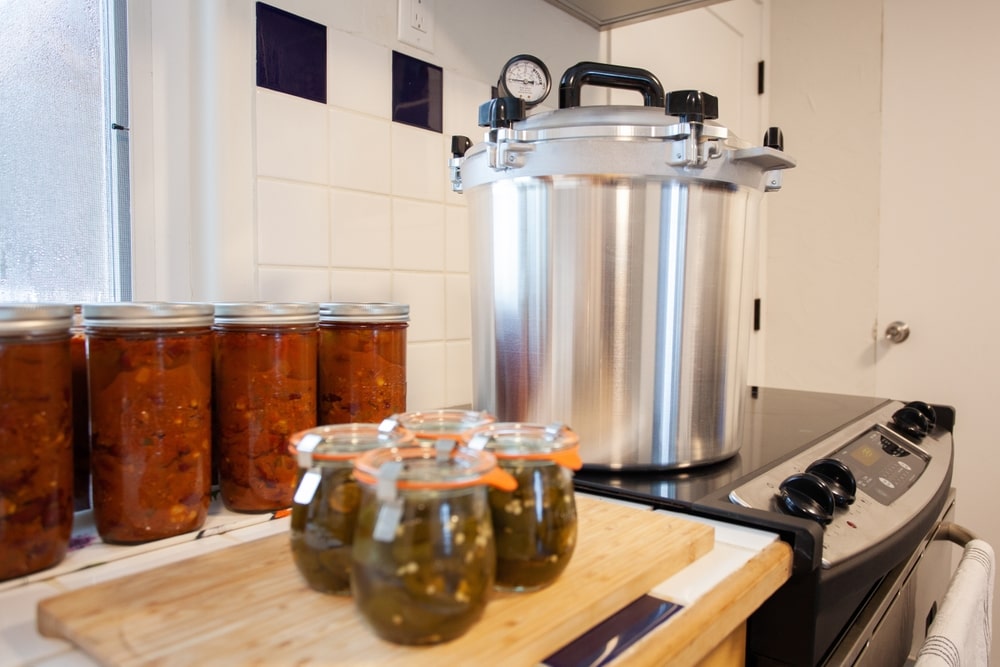
First and foremost, pressure canners are real champions in food preservation. Pressure canners are specifically intended for preserving meats, fruits, and low-acid vegetables, making them food preservation superheroes. The secret comes in size: pressure canners are often bigger than pressure cookers because they must hold those dependable cans or jars during cooking.
But what about these canners makes them invincible in the game of food preservation? They have either a weight or a dial gauge to measure the pressure within the pot. This is critical for the protection of your preserved goods.
In elevated places, the temperature within canners can reach a searing 250°F or even higher, and they can sustain this heat continuously for long periods. This powerful heat activity offers them an advantage over hazardous germs like fungus and bacteria that can ruin food. Goodbye, nasty bugs!
Regarding safety, canners are the only proven option to preserve low-acid foods without the risk of botulism. And believe me, no one wants botulism as an unwelcome guest! Some easy pressure canning recipe you may wanna try on your canning journey that Manzanillanyc have tested them all and presented the most detailed
Let us now change our culinary concentration to cooking. Precision temperature control isn’t as important when preparing great meals for yourself or loved ones as it is while canning. Regular pots or pressure cookers are the best options for everyday cooking. These dependable cooking friends are adaptable and can handle various recipes.
While canners supply and keep the heat steady, cooking requires more flexibility. You want to easily sauté, simmer, sear, or stew while regulating the temperature as you go. Regular pots and pressure cookers shine in this situation, allowing you to manage the heat and produce ideal culinary harmony.
Pressure canners are food preservation magicians who keep your canned foods safe and tasty. On the other hand, regular pots and pressure cookers are your kitchen all-stars, ready to bring your culinary masterpieces to life.
Ensuring Safety When Using Pressure Cooker/Canners
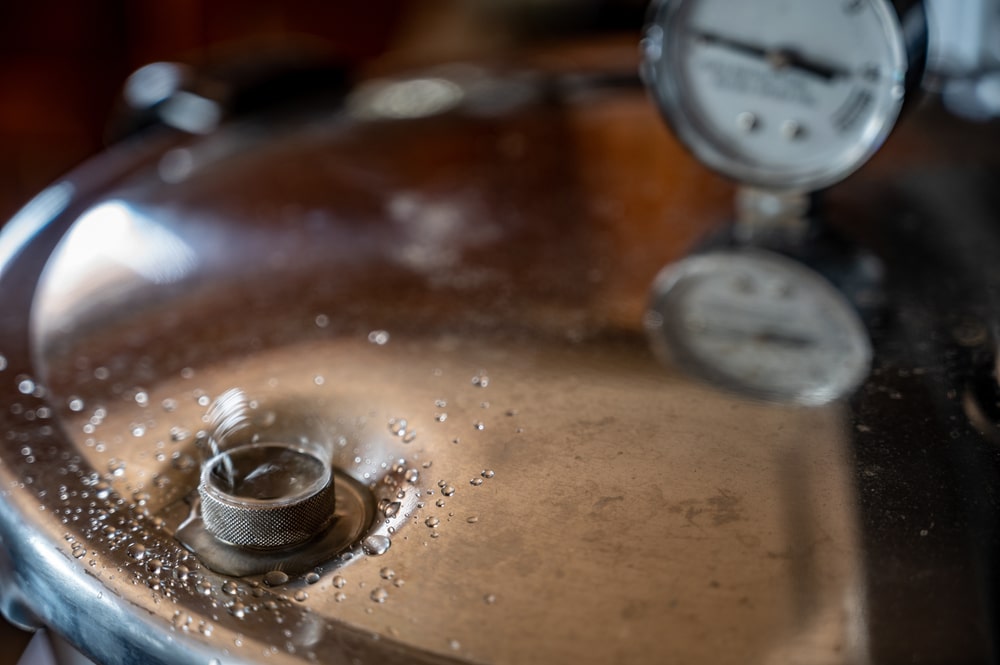
The main issue with pressured cooking or canning is the possibility of excessive pressure buildup. But don’t worry! Modern pressure cookers and canners are built with sophisticated safety features. These smart gadgets immediately release excess steam if the pressure rises to dangerous levels, delivering a worry-free cooking experience.
To guarantee maximum safety, it is critical to carefully follow the manufacturer’s instructions and take all required measures during usage. These easy measures can drastically decrease hazards, leaving you with wonderful results.
You may be wondering, with so many alternatives available, how can you be sure you’re receiving the finest product? The trick is to select well-known brands in the cooking and canning industries. By choosing reputable and trusted brands, you can be confident that you’re obtaining a high-quality product that satisfies all safety criteria.
Accept the benefits of pressure cookers and canners! They are safe to use in the kitchen and extremely effective and multifunctional. These gadgets will become your trusted kitchen friends, whether preparing a fast weeknight dinner or preserving your favorite seasonal fruits and vegetables.
Conclusion
In conclusion, while pressure cookers and pressure canners both employ high-pressure settings, they perform different functions in the kitchen. Pressure cookers are intended for rapid cooking and tenderizing food, whereas pressure canners are intended for safe and efficient food preservation via canning. Understanding these distinctions is critical for properly using this equipment and achieving the greatest outcomes in your culinary and food preservation initiatives.
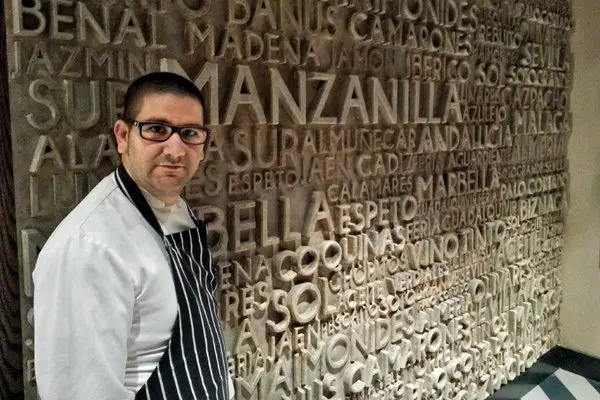
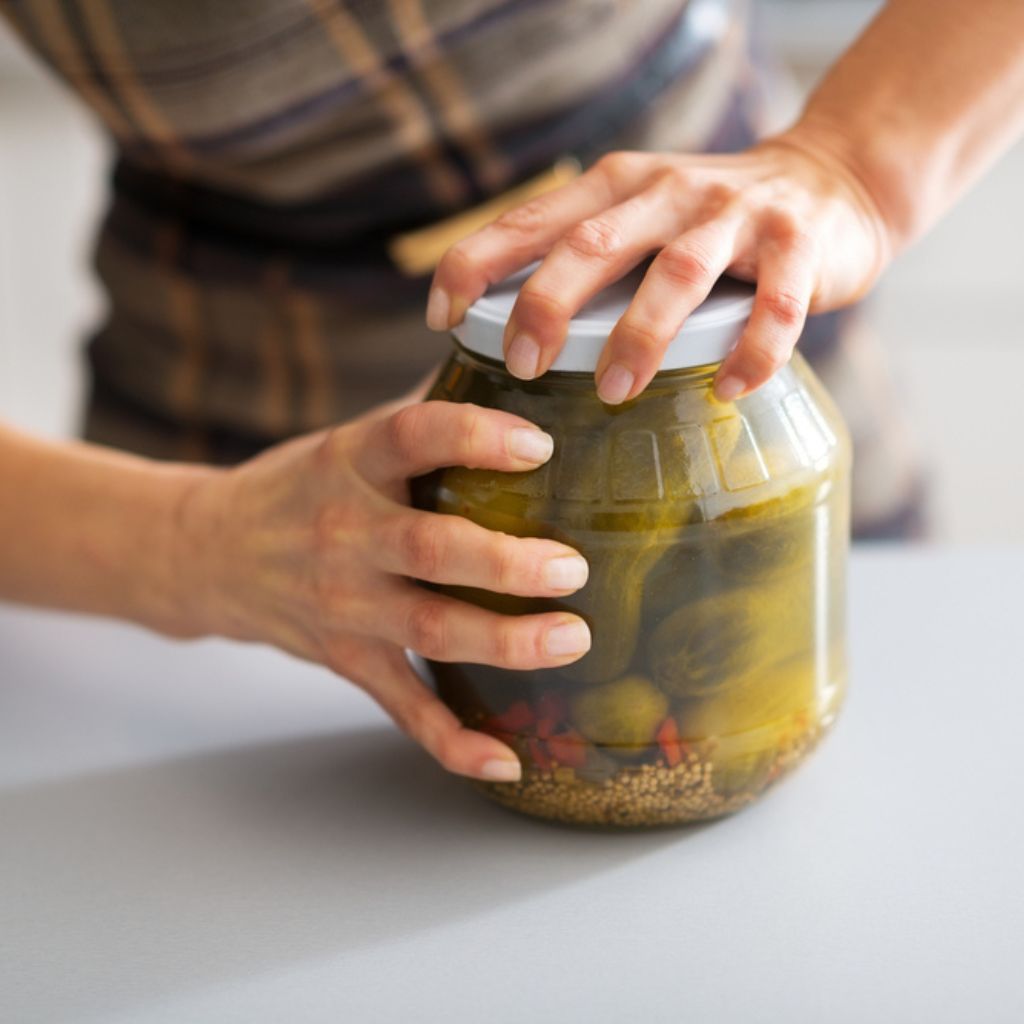
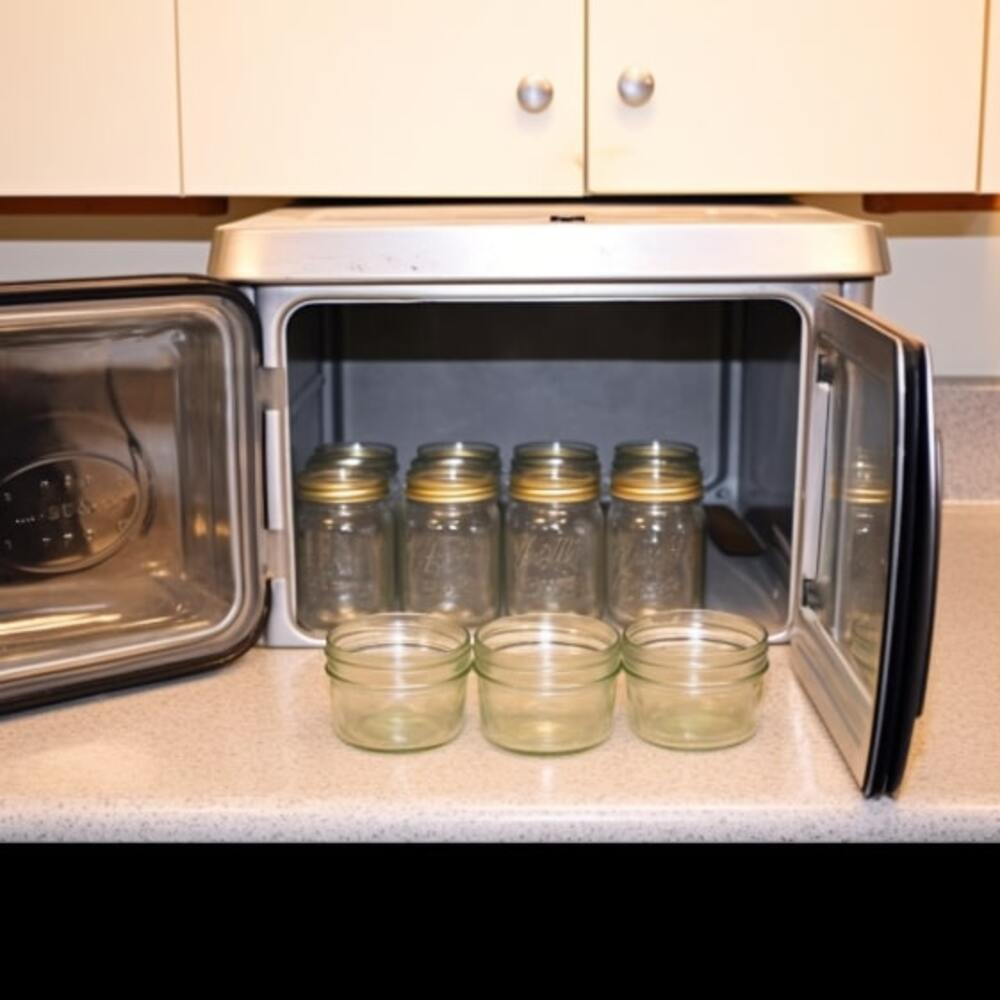
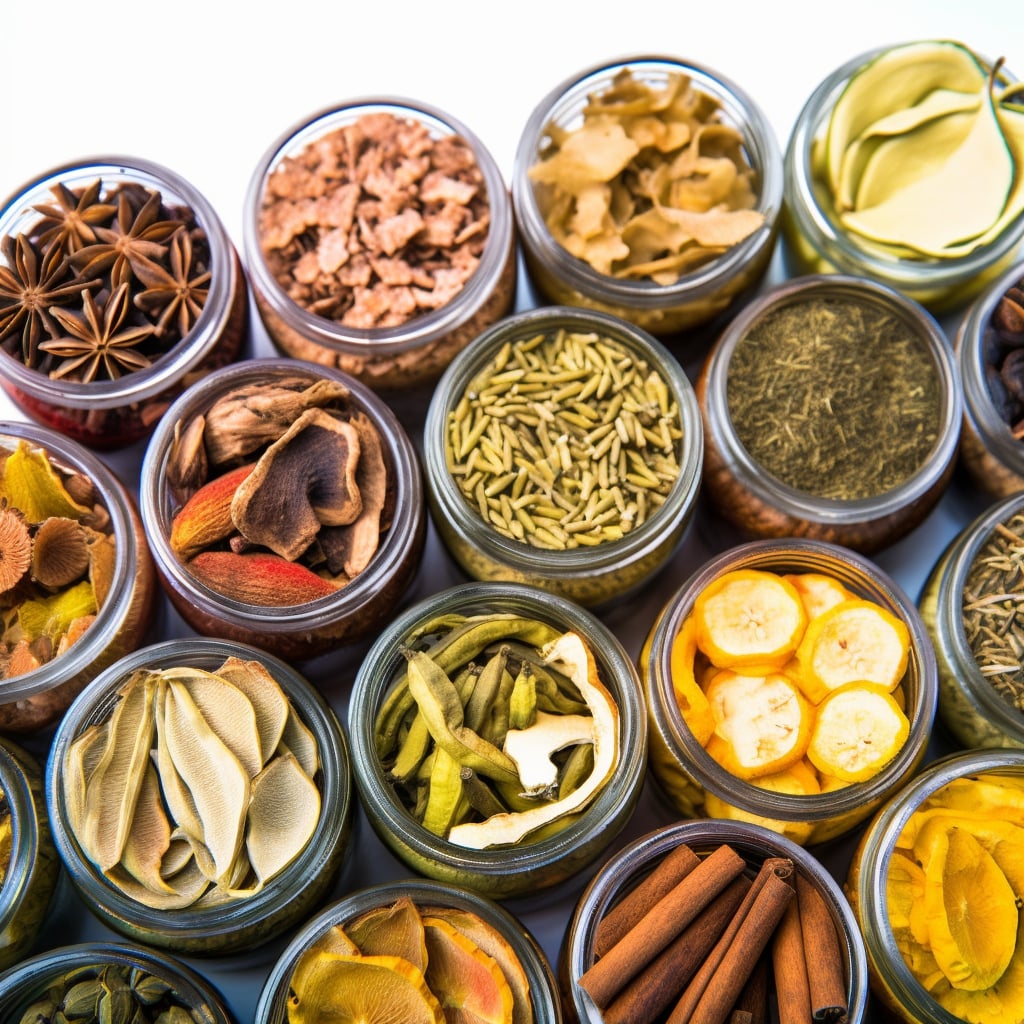
![Top 5 Best Jar Opener for Seniors Elderly [Updated 2023]](https://manzanillanyc.com/wp-content/uploads/2023/07/Top-5-Best-Jar-Opener-for-Seniors-Elderly-Updated-2023.jpg)

